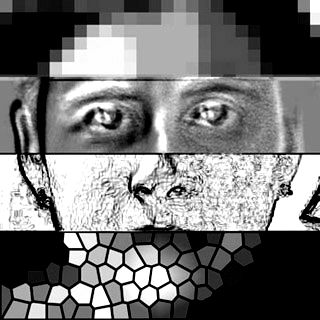
The Yahoo Behind Fresh Deep Learning Approaches at Flickr
There are few more interesting trends in infrastructure right now than the pairing between high performance computing hardware and the software tapestries of deep neural networks. …

There are few more interesting trends in infrastructure right now than the pairing between high performance computing hardware and the software tapestries of deep neural networks. …

Here’s an image for you. There is no such thing as a data lake. …
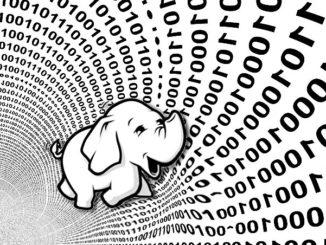
The Hadoop framework was created to deliver a balance between performance and data management efficiencies and while this is a good part of the reason it has taken off in recent years, there are still some areas of The Next Platform that are out of balance at the storage layer. …
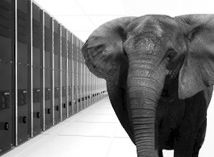
There has been a great deal of investment and research into making HPC speak Hadoop over the last couple of years. …

As the needs for ever faster analytics on growing datasets continue to mount, the overwhelming number of projects, startups, and pushes from established companies to find new ways to process and manage data climb as well. …
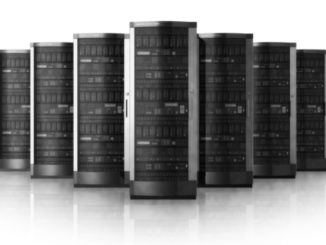
Apache Hama is a distributed framework based on a bulk synchronous parallel computing approach that is designed to efficiently tackle select problems that Hadoop chokes on, including graph and matrix algorithms. …
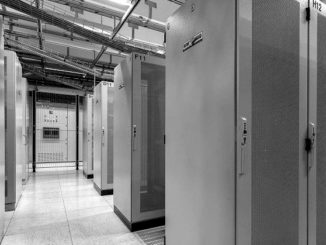
The computational capability of modern supercomputers, matched with the data handling abilities of the Hadoop framework, when done efficiently, creates a best of both worlds opportunity. …

It you like technology, and you must because you are reading The Next Platform, then you probably like the idea of putting together the specs of a system and fitting it to a particular workload. …

Hadoop started out as a batch-oriented system for chewing through massive amounts of unstructured data on the cheap, enabling all sorts of things such as search engines and advertising systems. …
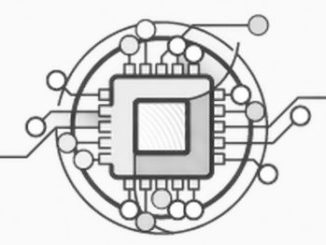
By the time Ashish Thusoo left Facebook in 2011, the company had grown to around 4,000 people, many of whom needed to access the roughly 150 petabytes of data—quite a hike from the 15 petabytes his team was trying to wrench from data warehouses in 2008. …
All Content Copyright The Next Platform